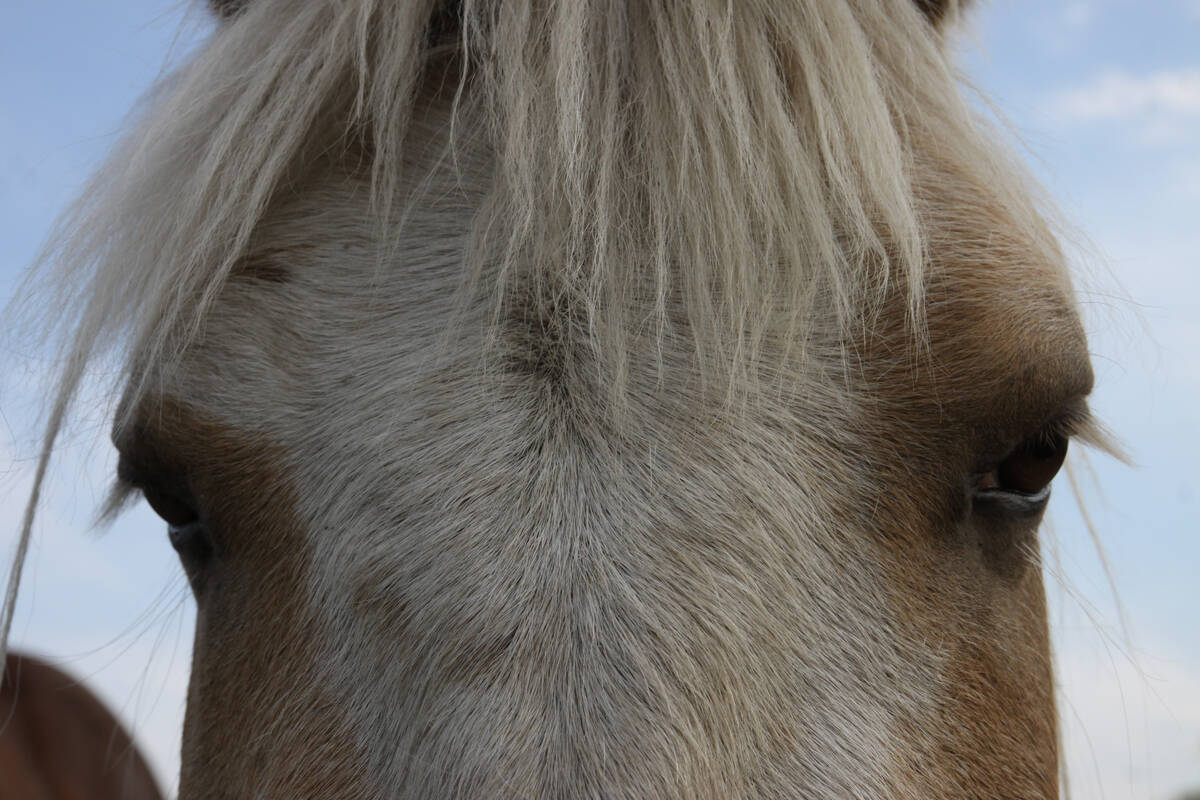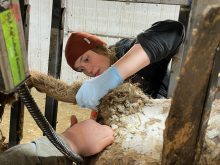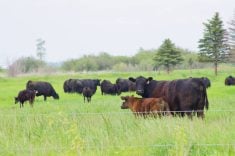Slow feeding has gained significant traction within the horse community in recent decades, driven by a deeper understanding of equine digestive physiology and the importance of natural foraging behaviours.
As awareness has grown, so too has the adoption of slow feeding practices for horses, ponies, miniature horses, donkeys and mules.
Horses are trickle feeders, evolved to consume small amounts of forage continuously throughout the day.
Read Also

Environmental farm group has Ottawa’s attention
In 2021, Farmers for Climate Solutions published a report on how Canada should reduce emissions from agriculture. Not long after, the federal government implemented most of the recommendations in the report.
Their digestive system depends on a near-constant intake of fibre to maintain gut motility, support a stable microbiome and regulate metabolism.
Domestication has limited their ability to forage naturally, making it essential to adopt structured feeding practices that mimic their natural eating patterns.
Introducing slow feeding can present challenges, particularly during the transition phase. Both horses and owners may experience frustration as they adjust.
Recognizing this as a process and approaching it with patience is key. Success depends on understanding the horse’s needs and making gradual adjustments to the feeding system.
Selecting the most suitable slow-feeding system often involves trial and error. Hay nets, racks, boxes and muzzles come in various designs and hole sizes, and not all horses will respond to them in the same way.
Some struggle with the netting, while others become frustrated if hay feels too restricted. Setting up slow feeding practices initially requires extra effort, especially for owners who need to fill and adjust hay nets multiple times per day.
Horses accustomed to receiving large hay portions at once may initially struggle with slow feeding. Signs of irritation, such as pawing, pushing or vocalizing, can emerge as they adapt.
Some may feel temporarily hungrier, accustomed to consuming large amounts rapidly. The slower pace requires an adjustment period, during which they may seem dissatisfied, especially if they must work harder to access their food.
Some horses may even appear disheartened, displaying an attitude of “what’s the use?” Impatient or inexperienced horses need time to learn how to engage with slow feeders properly.
To ease this transition, owners can introduce slow feeding gradually rather than making an abrupt change.
A good strategy is to offer a slow feeder for part of the day while maintaining traditional feeding methods for the rest. This allows the horse to become familiar with the new routine without feeling deprived or overwhelmed. The goal is not restriction but rather encouraging the horse’s natural grazing rhythm.
When properly implemented, slow feeding supports metabolic, digestive and psychological well-being.
Horses that adapt well to slow feeding often exhibit noticeable improvements in behaviour and health.
A key indicator of success is a sense of contentment — horses eat in a calm, consistent manner. With the urgency to eat removed, they rest more frequently and engage more with their environment, demonstrating greater security around food.
One of the most significant benefits of slow feeding is improved gut health.
Horses experience fewer ulcers, colic episodes and digestive discomfort as their digestive systems function more optimally.
Physically, slow feeding at ground level, combined with movement —such as multiple feeding stations — encourages horses to engage their topline and core. This supports lean muscle development while enhancing overall strength and balance.
Many horses experience a reduction in “hay belly” as proper hindgut fermentation minimizes gas and bloating, leading to more efficient nutrient absorption. This not only reduces the appearance of a distended belly but also improves posture as gut discomfort diminishes.
Long-term metabolic benefits include stronger hoofs, steadier energy levels and improved weight balance. Overweight horses gradually shed excess fat, while hard keepers maintain a steady, healthy condition.
Slow feeding also promotes healthier herd dynamics. With continuous forage access, competition and resource hoarding decreases, creating a calmer eating environment. Over time, horses relearn to self-regulate, naturally walking away from hay when satisfied rather than feeling compelled to eat everything at once.
This shift marks the emergence of true free-choice foraging where horses eat according to their individual needs.
Carol Shwetz is a veterinarian focusing on equine practice in Millarville, Alta.















